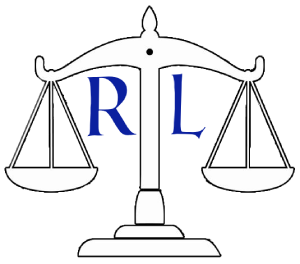Here is a common scenario. You have been served with a Claim issued by a Court. It says on it that you have 28 days to file a defence. You are in ill-health and cannot afford to pay a lawyer, so you do nothing.
After the 28 days have passed, the plaintiff enters judgement by default against you. The first time that you become aware that you are in trouble is when you are served with a bankruptcy notice. What can you do?
They only thing you can do (if you can’t pay the debt) is to apply to the Court to set aside the judgement.
The first thing that the Court considers is whether the judgement was regularly entered. At one time, ‘regularity” was confined to whether notice was properly served or that the time limits and other procedural steps had been complied with. However, recently “irregularity” has been extended, if for example, judgement was entered for too great an amount.
Then there are 3 further things that the Court considers in deciding whether a judgement should be set aside:
a) Whether you have given a satisfactory explanation why you did nothing (incidentally, being unable to afford a lawyer won’t wash). If you say it was illhealth, there will need to be strong medical evidence of serious and continual ill-health to convince the Court.
b) Whether too much time has elapsed before you applied to set aside the judgement. Often this depends on whether the plaintiff has corresponded with you advising that judgement has been entered. Or perhaps you changed address and letters to you were returned. Some good explanation is required.
c) Finally, whether you even had a defence to the Claim. There is a duty on you to convince the Court that, had you defended the Claim, you had a reasonable chance of winning. In effect, you have to provide the Court with a draft statement of defence, showing that the defence is plausible.
Finally, usually the Courts require that if the judgement is set aside, you have to pay the judgement debt into Court or provide security for the debt, unless you can show that you simply cannot raise the amount. The Courts are receptive to an argument that if they imposed such a condition then you would be unable to defend the Claim. The lesson therefore is that you must file a defence within the 28 day period after you have been served with the Claim.


Leave a Reply